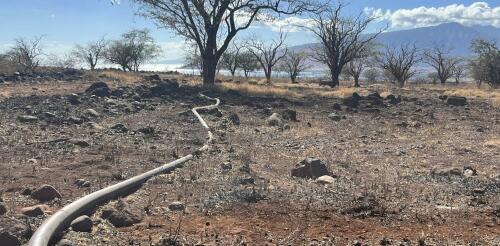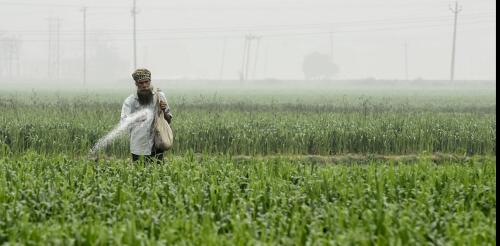Food supply
The wildfires that burned across Maui, Hawaii, in August 2023 became the deadliest conflagration in the United States in more than a century. While the harm to homes and tourism drew the most attention, agriculture was also heavily affected across the island, and the harm did not stop once the flames were out. In some cases, fires smoldered underground for weeks. Water systems were destroyed, and some were contaminated in ways scientists are only beginning to understand. Two weeks after the Maui fires began, they were still smoldering below ground. Andrew Whelton/Purdue University, CC BY-ND As an environmental engineer, I work with communities affected by wildfires and other disasters. I also led a team of university and public works professionals to assist in Maui’s response to the fires. In a new study based on that effort, my team worked with the Hawaii Department of Agriculture to assess d...
Feeding a growing world population has been a serious concern for decades, but today there are new causes for alarm. Floods, heat waves and other weather extremes are making agriculture increasingly precarious, especially in the Global South. The war in Ukraine is also a factor. Russia is blockading Ukrainian grain exports, and fertilizer prices have surged because of trade sanctions on Russia, the world’s leading fertilizer exporter. Amid these challenges, some organizations are renewing calls for a second Green Revolution, echoing the introduction in the 1960s and 1970s of supposedly high-yielding varieties of wheat and rice into developing countries, along with synthetic fertilizers and pesticides. Those efforts centered on India and other Asian countries; today, advocates focus on sub-Saharan Africa, where the original Green Revolution regime never took hold. In this Oct. 25, 2000, episode of the television drama ‘The West Wing,’...

